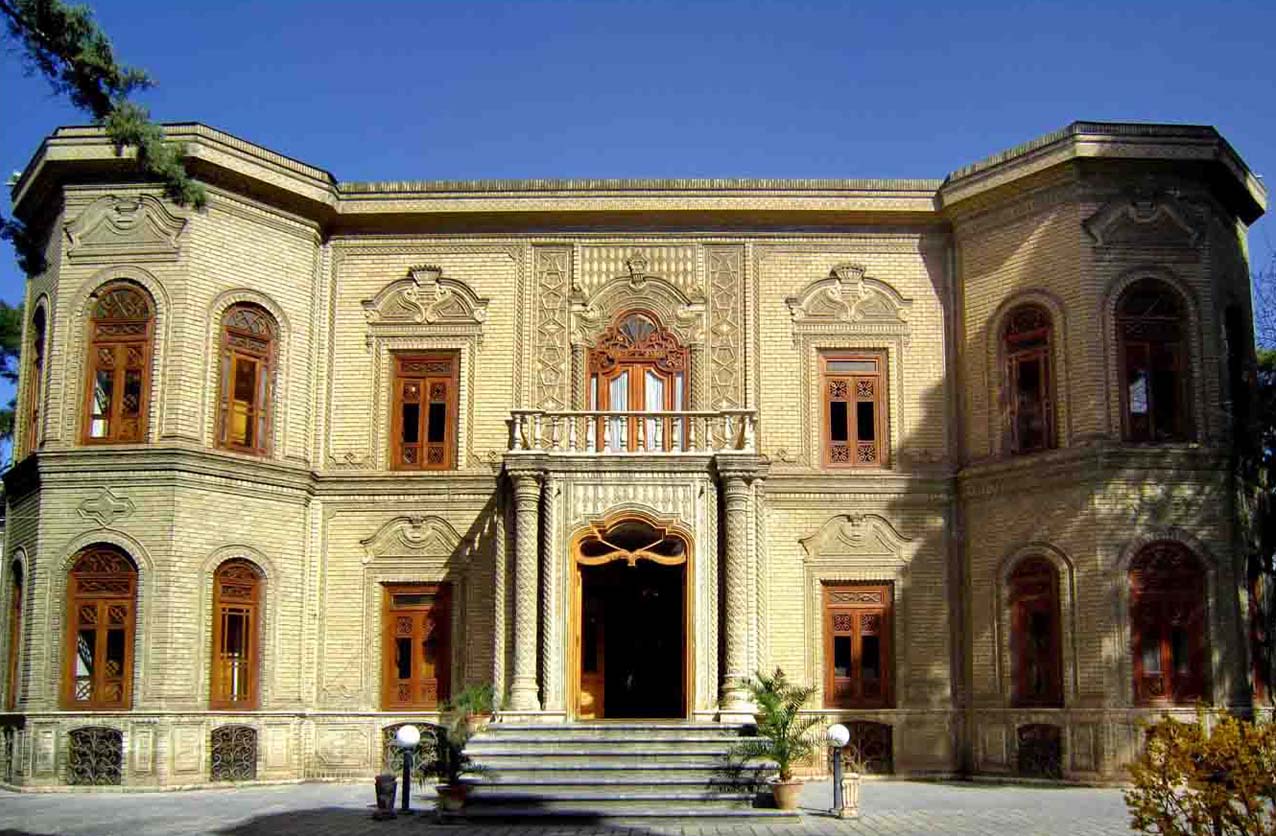Teherán un museo de arquitectura
 Hamid Reza Nasser Nassir added that Tehran is like an architectural museum.
Hamid Reza Nasser Nassir added that Tehran is like an architectural museum.
“This museum is of high importance in terms of architectural value and sociology, because it is part of our society’s political, social and cultural history. The ancient monuments showcase the lifestyles, beliefs and characteristics of people,”
Alireza Qahhari, another member of the institute, said if the mayor prioritizes protection of cultural heritage and regards violators as culprits, the people will realize that cultural heritage should be protected.
“If Einoddoleh Edifice or Golestan Palace is destroyed, we will not have another like them. We have registered Golestan Palace on World Heritage List, but we should be careful no one builds a shopping mall near it,” he said.
Reza Behboudi, another member, said negligence to the memorials of citizens and inhabitants is the reason behind the destruction of Tehran’s cultural heritage.
Tehran, the capital of Iran, is the country’s most populous city. The city is home to many historical mosques, churches, synagogues and Zoroastrian fire temples. However, at present, modern structures, such as Azadi Tower and the Milad Tower, symbolize the city.
Often overlooked in favor of the glorious tourist attractions of Isfahan, Shiraz and Persepolis, Tehran has numerous draws of its own to keep visitors busy. Its tourist spots are spread wide, from the edgy cafes and modern high-rises on the slopes of Alborz in the north to the sprawling suburbs of the conservative south.
Visitors can glimpse the old world atmosphere of its grand bazaar to the blinding gaudiness of Golestan and National Jewel Museum.
Tehran offers tourists a little bit of everything, including the best place in which to feel the pulse of modern Iran.




